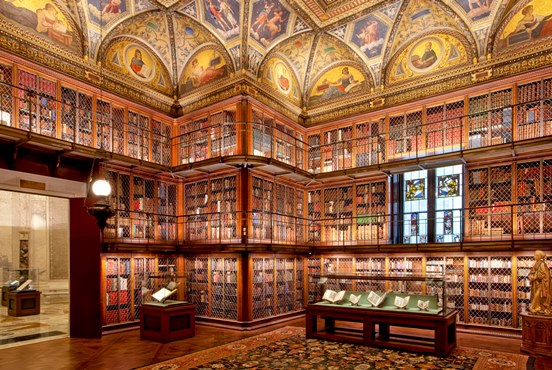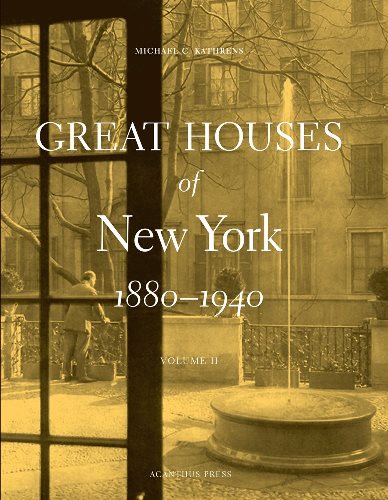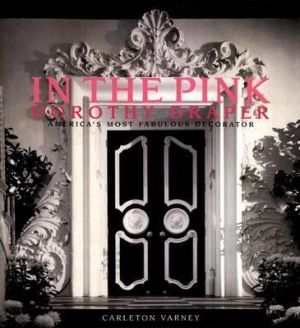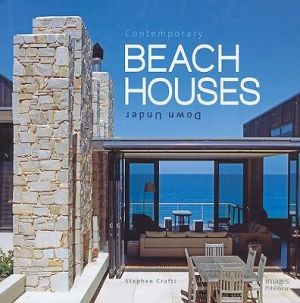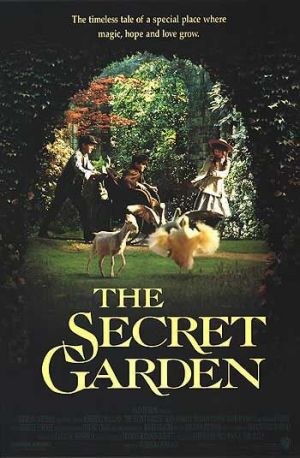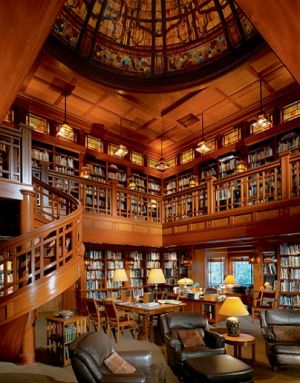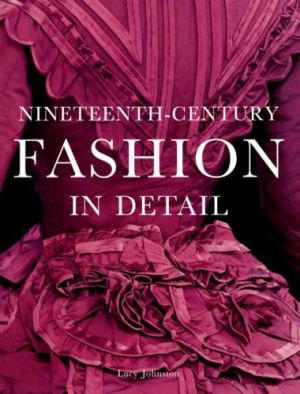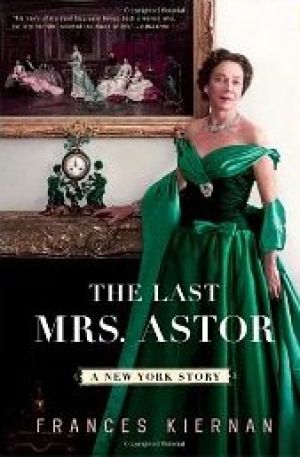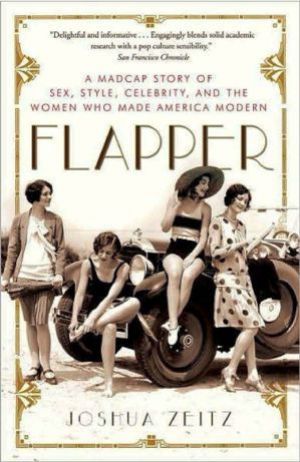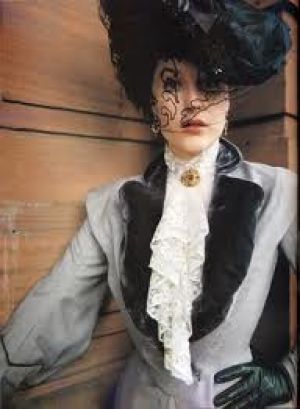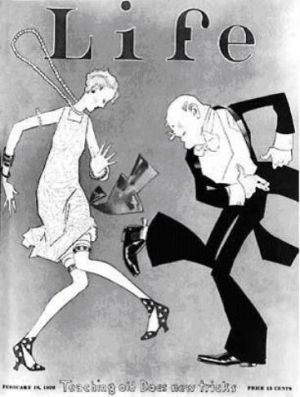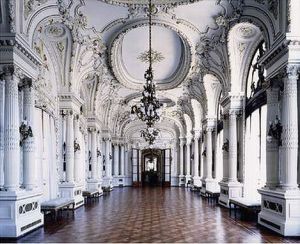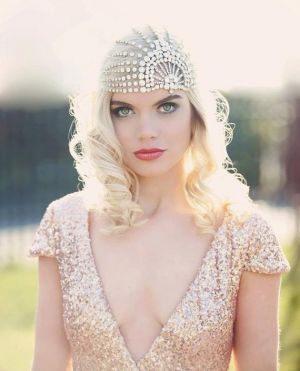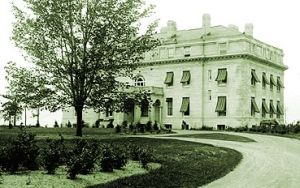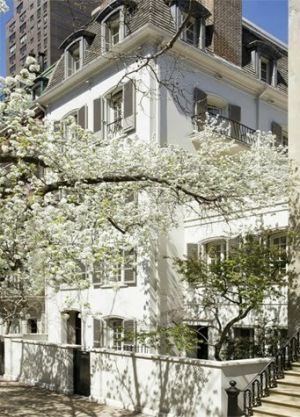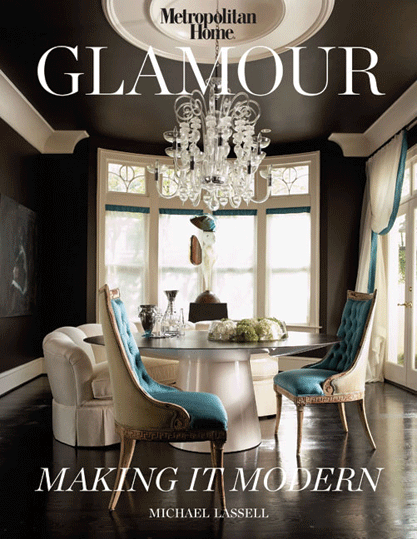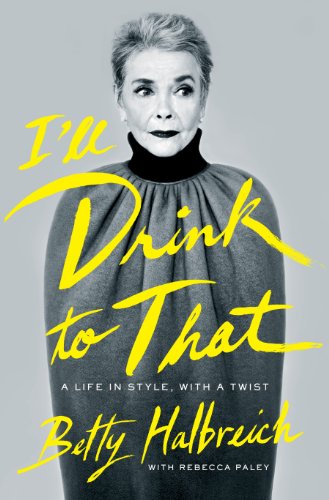Here’s a look at my current book wishlist, largely influenced by the book I’m reading about reclusive American heiress Huguette Clark (daughter of Gilded Age industrialist WA Clark), who died recently, aged 104 and whose fortune and uninhabited homes have been the subject of serious legal wrangling…
Empty Mansions: The Mysterious Life of Huguette Clark and the Spending of a Great American Fortune
by Bill Dedman and Paul Clark Newell Jr
Official summary
When Pulitzer Prize–winning journalist Bill Dedman noticed in 2009 a grand home for sale, unoccupied for nearly sixty years, he stumbled through a surprising portal into American history.
Empty Mansions is a rich mystery of wealth and loss, connecting the Gilded Age opulence of the nineteenth century with a twenty-first-century battle over a $300 million inheritance. At its heart is a reclusive heiress named Huguette Clark, a woman so secretive that, at the time of her death at age 104, no new photograph of her had been seen in decades.
Though she owned palatial homes in California, New York, and Connecticut, why had she lived for twenty years in a simple hospital room, despite being in excellent health? Why were her valuables being sold off? Was she in control of her fortune, or controlled by those managing her money?
Dedman has collaborated with Huguette Clark’s cousin, Paul Clark Newell, Jr., one of the few relatives to have frequent conversations with her. Dedman and Newell tell a fairy tale in reverse: the bright, talented daughter, born into a family of extreme wealth and privilege, who secrets herself away from the outside world.
Huguette was the daughter of self-made copper industrialist W. A. Clark, nearly as rich as Rockefeller in his day, a controversial senator, railroad builder, and founder of Las Vegas. She grew up in the largest house in New York City, a remarkable dwelling with 121 rooms for a family of four. She owned paintings by Degas and Renoir, a world-renowned Stradivarius violin, a vast collection of antique dolls. But wanting more than treasures, she devoted her wealth to buying gifts for friends and strangers alike, to quietly pursuing her own work as an artist, and to guarding the privacy she valued above all else.
The Clark family story spans nearly all of American history in three generations, from a log cabin in Pennsylvania to mining camps in the Montana gold rush, from backdoor politics in Washington to a distress call from an elegant Fifth Avenue apartment. The same Huguette who was touched by the terror attacks of 9/11 held a ticket nine decades earlier for a first-class stateroom on the second voyage of the Titanic.
Empty Mansions reveals a complex portrait of the mysterious Huguette and her intimate circle. We meet her extravagant father, her publicity-shy mother, her star-crossed sister, her French boyfriend, her nurse who received more than $30 million in gifts, and the relatives fighting to inherit Huguette’s copper fortune. Richly illustrated with more than seventy photographs, Empty Mansions is an enthralling story of an eccentric of the highest order, a last jewel of the Gilded Age who lived life on her own terms.
—————————————
Gilded New York: Design, Fashion, and Society by Phyllis Magidson, Susan Johnson, Thomas Mellins
Official summary
The Gilded Years of the late nineteenth century were a vital and glamorous era in New York City as families of great fortune sought to demonstrate their new position by building vast Fifth Avenue mansions filled with precious objects and important painting collections and hosting elaborate fetes and balls.
This is the moment of Mrs. Astor’s “Four Hundred,” the rise of the Vanderbilts and Morgans, Maison Worth, Tiffany & Co., Duveen, and Allard. Concurrently these families became New York’s first cultural philanthropists, supporting the fledgling Metropolitan Museum of Art and the Metropolitan Opera, among many institutions founded during this period.
A collaboration with the Museum of the City of New York, Gilded New York examines the social and cultural history of these years, focusing on interior design and decorative arts, fashion and jewelry, and the publications that were the progenitors of today’s shelter magazines.
—————————————
Great Houses of New York, 1880-1930 by Michael C. Kathrens
and
Great Houses of New York, 1880-1940: v2 by Michael C. Kathrens
Official summary
GREAT HOUSES OF NEW YORK, 1880-1930 presents the stories of 43 most elegant houses built in New York.
With over 300 archival photographs and floor plans and a decade of research, Michael Kathrens profiles New York houses known only for their magisterial presence on the city s most elegant boulevards, some of which still exist today.
In the book the lavish rooms are brought to life again polished black and white columns reflect in the marble floor of a grand entryway, Dutch master paintings line damask walls in the second floor reception room, a crystal chandelier softly lights a dining rooms whose boiserie glows with paintings by Boucher evoking the elegant private life that has become a trademark of the wealthy New Yorker.
and
New York has never been a place to hide one s wealth. As the city grew in power and affluence during the late 19th and early 20th centuries, so did the houses of its richest citizens. The best architectural firms filled avenues and side streets with fluid Venetian palazzos, elegant French hôtels particuliers, and dignified Georgian mansions with private galleries and exhibition halls created to house their patrons growing art collections.
In this, the second volume of Great Houses of New York, Michael Kathrens continues to explore the most elegant New York City town houses, built for the city s business and social elite between 1880 and 1940. Released in 2005, the first volume profiled 43 important houses, offering a rare and captivating glimpse into a time of unprecedented architectural and social development of the city.
Great Houses of New York, Volume II, documents another 37 structures both celebrated and less well-known completing the survey of the city s most exclusive addresses of the Gilded Age.
Illustrated with a wealth of period photos of buildings exteriors, interiors, and decor the exotic 45-foot-high studio of Louis Comfort Tiffany, the art-and- treasure-filled residences of Henry O. Havemeyer and Jeanette Dwight Bliss, the magnificent country estate of C.K.G. Billings on the former site of Fort Tryon (now the site of The Cloisters Museum and Gardens), and architect Ernest Flagg’s own house that once stood at 109 E. 40th Street Great Houses of New York parades the sumptuous facades and the riches within.
A visual delight and an absorbing social history, Great Houses of New York chronicles 60 years of the city s culture, commerce, sophisticated lifestyle, and the rich architectural and cultural legacy they established.
—————————————
Exuberant Catalogue of Dreams: The Americans Who Revived the Country House in Britain by Clive Aslet
Official summary
For centuries Britain’s country houses had been the exclusive preserve of their traditional landed gentry of lords and ladies, their tenancy legitimized by time-honored ancestry and the accident of birth. But starting in the late nineteenth century an entirely different kind of proprietor began to take up residence. American money – lots of it – came across the Atlantic, in the form of wealthy, eligible heiresses like the Vanderbilts’, and fabulously wealthy industrialists and self-made men like William Waldorf Astor and newspaper magnate Randolph Hearst.
Their money purchased grand houses like Cliveden, St Donat’s and Leeds Castle; it saved vast piles like Blenheim from dereliction and decay; it brought modern facilities like electric lighting and hot water, Art Deco interior styling and, in the case of houses like North Mymms, turned them into magnificent repositories of cultural artefacts to rival New York’s Frick Collection.
Not infrequently the American newcomer (usually female) found the world of the English aristocracy they had married into to be dauntingly austere and emotionally starved; others, like Chips Channon, or May Goelet at Scotland’s Floors Castle, brought a gay, hedonistic sociability. Still other Americans, like Lawrence Johnston laying out the garden at Hidcote or latterly John Paul Getty with his idyllic cricket ground at Wormsley, successfully managed to make themselves more English than the English.
Clive Aslet’s fabulously illustrated book is the first study of this remarkable and unlikely juxtaposition of two very different cultures, which changed the architecture, the society and the character of English country houses forever.
—————————————
If you love books and libraries, you might like scrolling through these photos:
See my other booklists here:
- LUSCIOUS LIBRARY: My book wishlist – November 2013
- WISHLIST: Biographical books to buy – February 2014
You might also like:
Don’t forget to check out the new LUSCIOUS SHOP for men’s and women’s fashion, kids, homewares, gifts and themed pages for beach and countryside lusciousness.
Follow Luscious on Facebook, Pinterest, Instagram, YouTube, Google+ and Twitter here.
Cheers, Natasha
www.myLusciousLife.com


